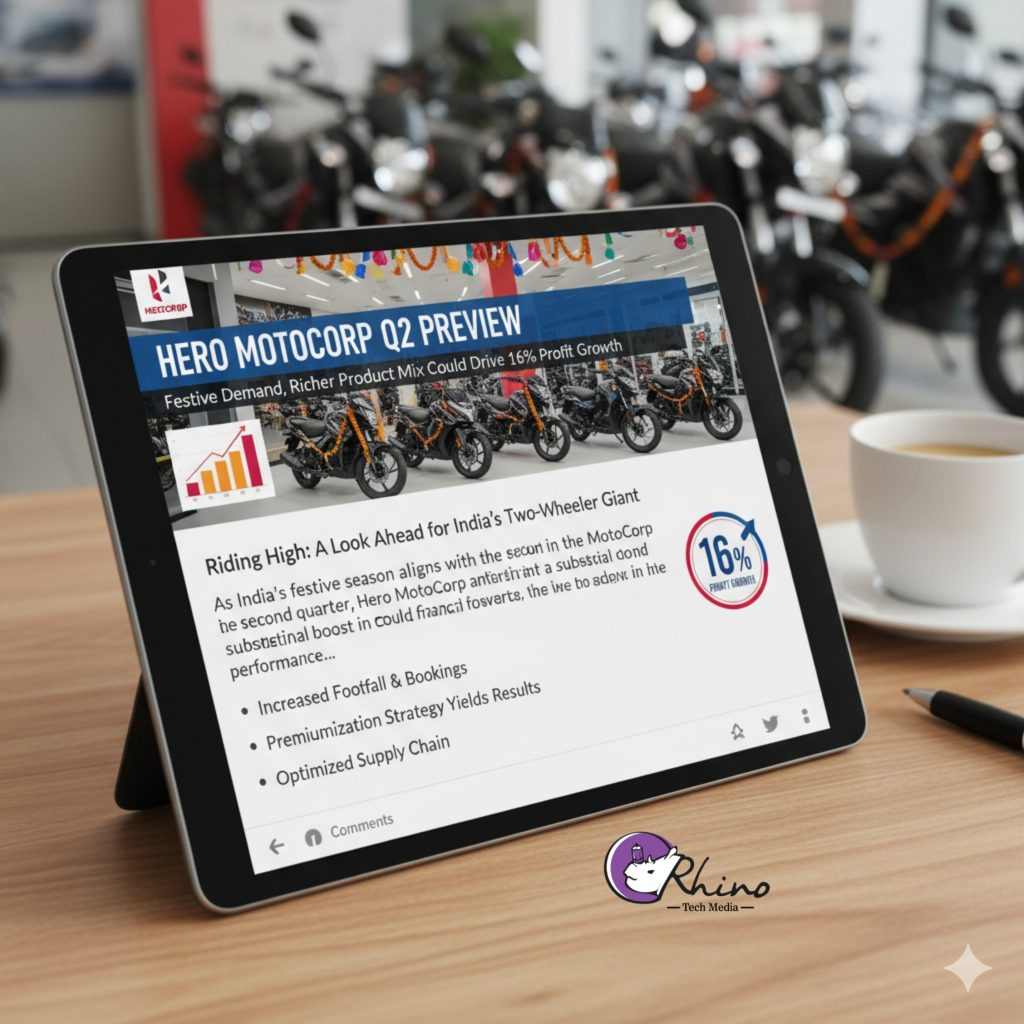Introduction
Hero MotoCorp, India’s largest two-wheeler manufacturer, is entering its second quarter (Q2 FY26, covering July–September 2025) with an encouraging outlook. Analysts and brokerages broadly expect strong top-line and bottom-line growth driven by favourable seasonal demand, a richer product mix and policy tailwinds. According to an Economic Times preview, revenue is expected to increase about 14 % year-on-year, while profit after tax (PAT) may grow by around 16 %.
Key growth drivers
- Festive demand upswing
The July–September quarter in India coincides with the lead-up to major festivals, which traditionally boost two-wheeler purchases. Analyst commentary points to an improvement in volume growth ahead of the festival season, especially aided by rural recovery and increasing consumer confidence. - Richer product mix & higher ASPs
Hero is increasingly shifting toward higher-average-selling-price (ASP) models — for example, more premium scooters, motorcycles and exports — which improves unit realisation. One brokerage notes that the share of sub-110cc models is declining, supporting revenue per unit. - Policy/structural tailwinds
A favourable Goods & Services Tax (GST) rate adjustment for two-wheelers is helping the segment. The GST cut is viewed as supportive for demand. - Expenditure leverage
As volumes rise, Hero stands to benefit from operating leverage: fixed costs spread over higher production/dispatches, which could boost profitability. For instance, one brokerage expects a margin improvement of about 30 basis points.
Forecast and expectations
- Forecast revenue growth: ~13-15 % YoY. For example, Nuvama estimates ~13% growth to ₹11,866.8 crore.
- Forecast PAT growth: ~16 % YoY in base case, though some estimates are higher (up to ~22-23%) if volumes and mix perform strongly.
- Margin outlook: A modest expansion expected (e.g., ~30-50 bps), but pressure remains from input cost inflation and currency fluctuations.
Thus, the headline “~16% profit growth” is a credible base-case scenario, with upside if mix, volume and execution align strongly.
Margin & risk considerations
While the outlook is positive, several risks and margin headwinds warrant attention:
- Input cost inflation: Raw materials like steel, aluminium, plastics and commodity-linked parts remain volatile. These can squeeze margins if not passed on fully.
- Currency and export exposure: With growing exports, foreign-exchange fluctuations can impact realisations and margins.
- Volume execution: Forecasts assume healthy volume growth (e.g., ~11% by some brokers). If dispatches or demand falter, the expected leverage may not materialise.
- Post-festival demand drop-off: A strong festive season may bring forward purchases; sustaining momentum beyond the quarter is always a challenge.
- Competition & market share: The two-wheeler market is very competitive; Hero must defend its leadership while shifting its mix.
Broader business implications
- Hero’s ability to shift from a high-volume, entry-level business to one with higher ASP, more premium models, export growth and richer mix is key for sustainable long-term profitability.
- The upcoming product launches (especially in scooters or higher-cc bikes) and export market expansion will be critical to watch.
- A strong Q2 could bolster investor sentiment not only on Hero but on the broader Indian two-wheeler segment, indicating rural recovery, festive demand strength and policy tailwinds.
- However, investors should temper expectations: the margin improvement is modest and not “boom-town” given input/currency pressures. Hero is playing the “good execution + favourable season + mix shift” hand rather than a leap.
Conclusion
In summary, Hero MotoCorp appears well-placed to deliver a solid Q2 FY26 performance: revenue growth of ~14% and PAT growth of ~16% are realistic. The key enablers are festive demand, rural recovery, a richer product mix (higher ASP models), export momentum and operating leverage. Nonetheless, the margin expansion will likely be moderate, and the company must navigate input costs, currency movements and volume execution risk.
If Hero executes well, this quarter could mark a step in its transition toward a more profitable structural model. For stakeholders (investors, dealers, suppliers), it signals a tailwind-rich quarter, but not without caution. The “16% profit growth” is a credible headline, but the real long-term value will come from sustaining mix shift, premiumisation and export growth beyond one quarter.

